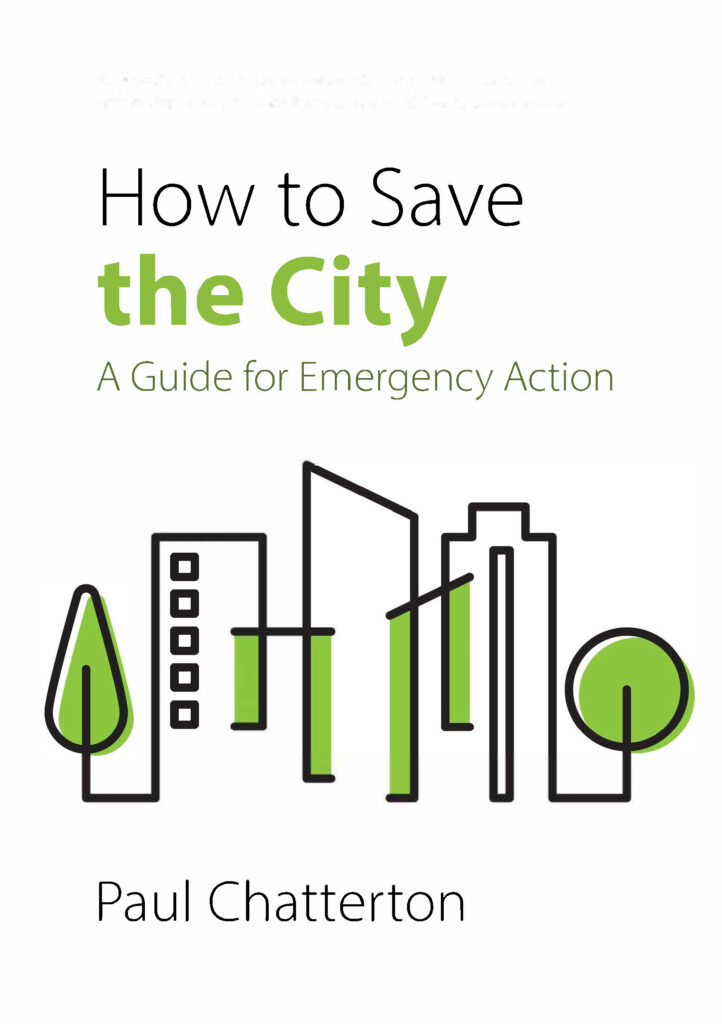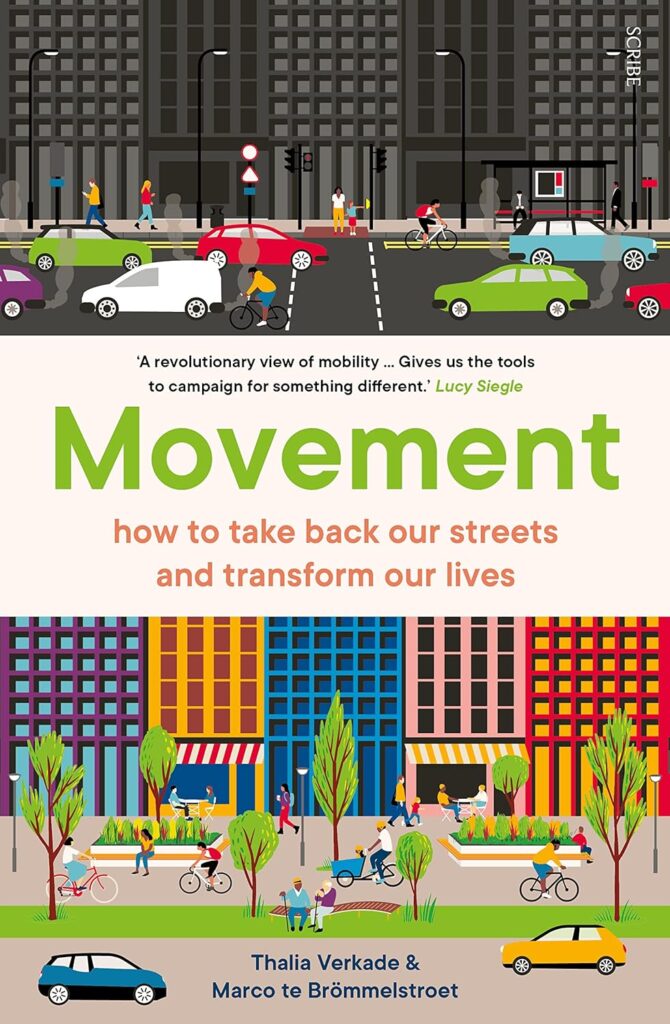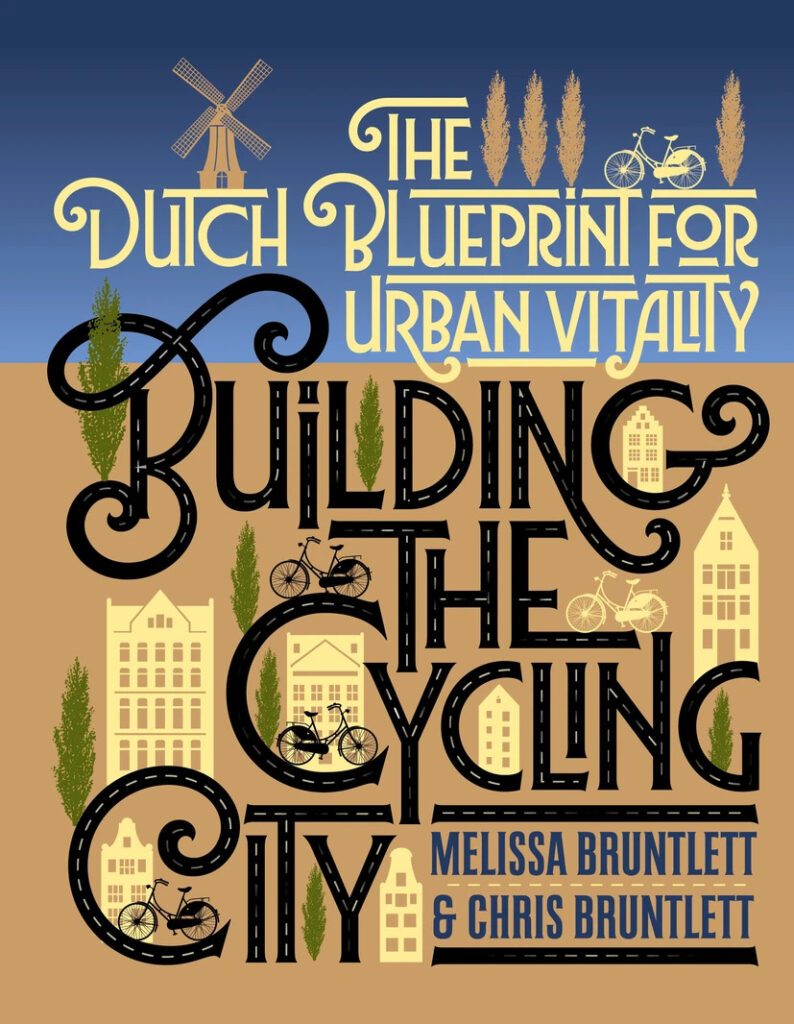
What is it about?
A historically-oriented analysis and visual catalog of street designs and layouts, Streets and the Shaping of Towns and Cities (Southworth & Ben-Joseph, 2003) brings the reader on a journey from the Roman streets of 100 B.C. to the bureaucratic American standards of late 20th century before presenting a vision for the residential streets of tomorrow. The authors showcase several different historic and contemporary cases, including John Nash’s Park Village in London, UK, Stein and Wright’s Radburn in New Jersey, USA, and Laguna West, California, USA. While their focus on the US and Europe excludes much of the world, they go into depth in what they do focus on, and the visuals of street sections, street grids, neighborhood brochures and other historical documents bring the stories to life.
After describing different street designs throughout history, Southworth and Ben-Joseph call for more innovation and attention to multiple street uses rather than just vehicle throughput, which has taken center stage today. They urge the rethinking of suburban street standards and say that residential streets’ “domain lies more in the design fields than in engineering” (Southworth & Ben-Joseph, 2003, p. 140). This is quite in line with thought at the Urban Cycling institute: our streets are a more than just a traffic space- they are also a social space. They end by proposing criteria “intended to be flexible and responsive to local needs, rather than prescriptive solutions” (Southworth & Ben-Joseph, 2003, p. 150).
What approach does it take?
Despite being written by two academics, this book takes more of a storytelling approach accompanied by many visuals to take the reader through city and suburban streets of different styles and eras. The street section diagrams in the text make things tangible, and there are handy appendices at the end such as a timeline to take you through what was described, a collection of cross section diagrams, and street width dimensions across American cities, counties and states.
It’s not a novel idea to suggest that American residential street widths are excessive and standards too stringent. But the way in which Southworth and Ben-Joseph take the reader on a historical journey and weave in depth and research in order to reach their conclusion makes their piece special.
Who might be interested in this book?
This book is relevant for anyone interested in street design or the layout of contemporary living environments. It provides a solid base of historical knowledge for practitioners in the American or British context. However, it also tells plenty of interesting stories for the curious layperson, and its visuals and avoidance of overly-academic language keep it readable.
Further details
Academic disciplines: Urban planning, urban design, history
Geographical scope: Focuses on the US and Europe (especially England)
Relation to cycling: The way residential streets are laid out and designed plays a significant role in the bikeability of cities and towns
Reference (APA): Southworth, M. & Ben-Joseph, E. (2003). Streets and the Shaping of Towns and Cities. Washington, DC: Island Press.



